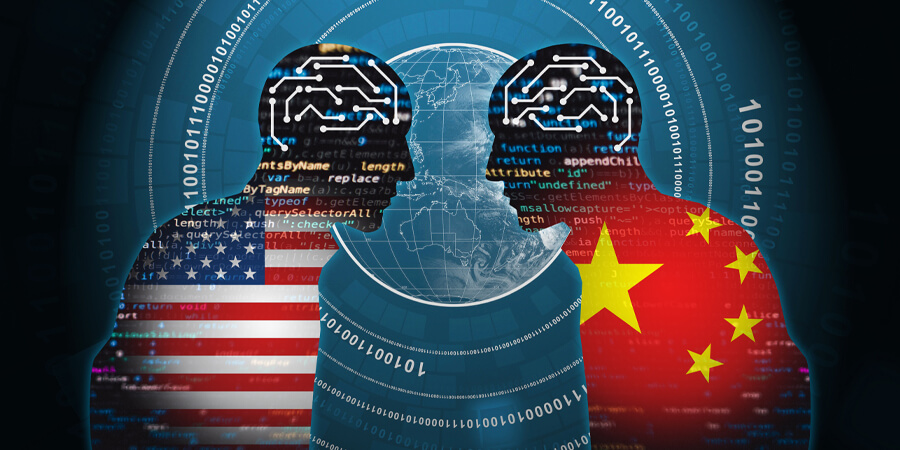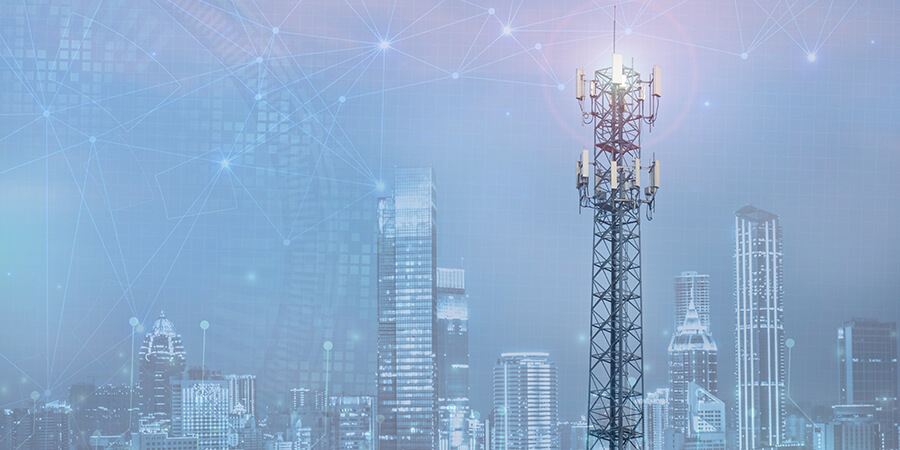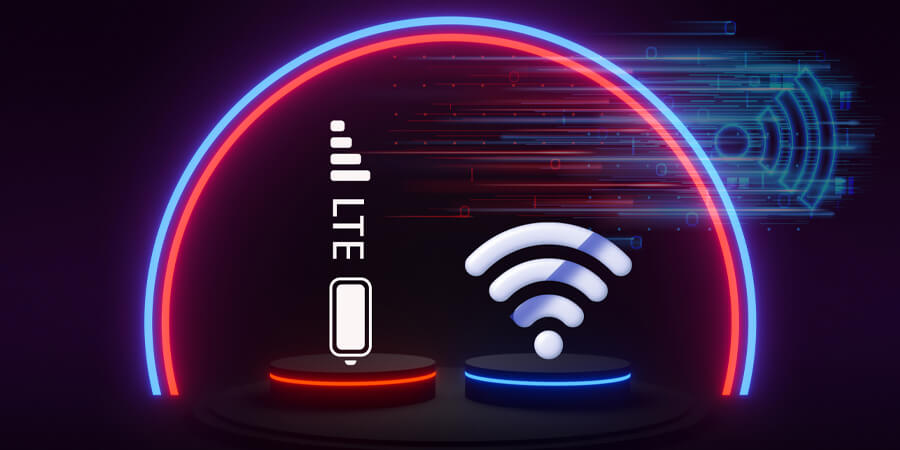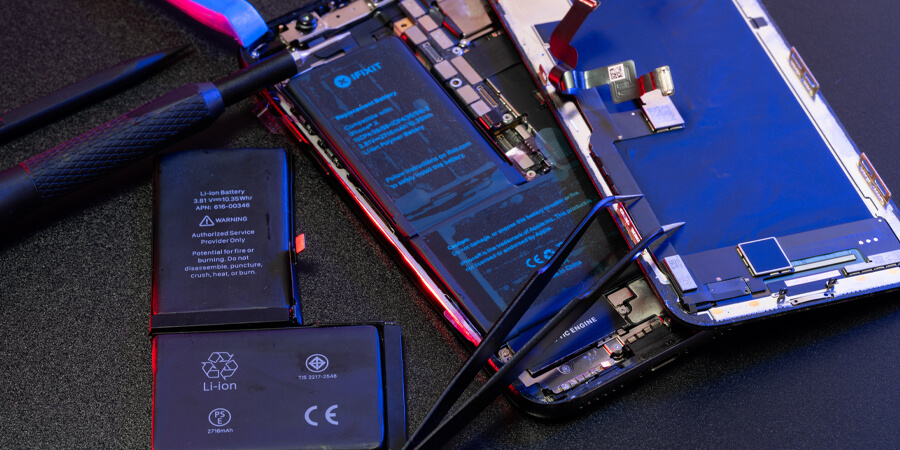Artificial intelligence (AI) has rapidly grown in China. Its market value already stands at 20 billion euros and has the potential to double in the next two years. Beijing has the ambitious goal of overtaking the United States and becoming the world leader in AI by 2030. AI — the technology simulating human intelligence and commanding the biggest headlines — has far-reaching applications in generating text, images, videos and creative designs, with seemingly endless new use-cases discovered every day. China's swift progress in this field is causing certain of the nation’s professions to start fearing their demise, with experts warning of AI's potential to disrupt our relationship with reality at its very core.
Features
Satellite Connectivity: Overcoming Challenges and Harnessing Opportunities
Despite the growing enthusiasm for satellite-based phone connectivity, there remains a lack of agreement regarding the pace of its market expansion and even the appropriate terminology for this evolving field.
Beyond the Illusion: Unraveling the Technology Behind Deepfakes
In today's digital age, the line between reality and fiction has become increasingly blurred. The emergence of deepfake technology has raised concerns and sparked debates about the authenticity of visual content. Deepfake refers to manipulated videos or images that use artificial intelligence algorithms to superimpose one person's face onto another, creating highly realistic and often misleading content.
Telecom Vendors Elevate R&D Efforts in Q2 2023
In this exclusive three-part series, Telecom Review continues to share a comprehensive evaluation of the Q2 2023 performance of prominent global telecom vendors, including Cisco, Ericsson, Nokia and ZTE.
5G Cellular vs. Wi-Fi: Unraveling the Wireless Tech Battle
The debut of 5G is well underway and is ushering in faster speeds, greater reliability and improved efficiency when compared to the older 4G network. This promising advancement has stirred considerable curiosity, particularly when considering how 5G measures up against the ubiquitous Wi-Fi networks we're accustomed to. The question is: What are the common points and main differences between 5G and Wi-Fi?
The Sky’s the Limit: How Surging Demand Is Driving AI Job Salaries
In the ever-evolving landscape of technology, artificial intelligence (AI) has emerged as a game-changing force, and companies are willing to pay top dollar for individuals with the right skills. Recent reports indicate that AI-related job positions are offering lucrative salaries, with some reaching up to a staggering $900,000 per year. As businesses increasingly incorporate AI into their operations, the demand for professionals in this field has surged, leading to an unprecedented increase in compensation.
PSTN and UCaaS: Finding the Ideal Communication Solution for African Businesses
In the ever-evolving landscape of communication technology, businesses in Africa are constantly faced with decisions that can significantly impact their operations and bottom line. One of the crucial choices that companies often grapple with is selecting the right communication system for their needs, and in the African context, this decision can be particularly critical due to unique challenges and opportunities.
Spotlighting the EU's Quest for Smartphone Battery Replacements
In a recent development, the European Parliament voted on a tech regulation that features various measures, including requiring smartphone manufacturers to make their devices' batteries easily replaceable by users.
The Thriving ICT Sector in Ghana: Driving Economic Growth and Consumer Confidence
The Information and Communication Technology (ICT) sector in Ghana stands as a robust driver of economic growth, demonstrating impressive resilience in the face of fiscal challenges and currency devaluation. With an estimated value of approximately US$1 billion, experts project this sector could surge to a substantial US$5 billion by 2030. This growth trajectory firmly establishes Ghana's ICT industry as a pivotal force driving economic progress and fostering innovation across the West African region.
A Green Tomorrow: Empowering Youth for a Sustainable Future
Approximately half of the global population is aged 30 or under, and this percentage is anticipated to grow to 57% by the end of 2030. This constitutes the largest demographic of young individuals ever witnessed. In this context, the significance of cultivating eco-friendly proficiencies among young people is crucial for facilitating an equitable shift towards a greener and more sustainable planet where all segments of society, including youth, can reap the benefits proportionately.














